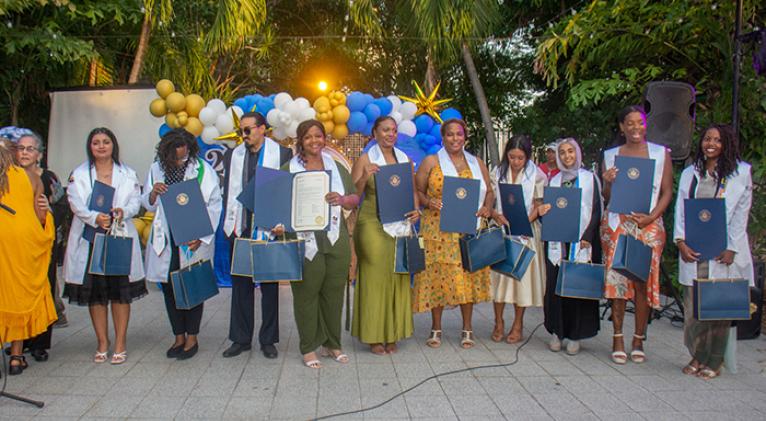
SANTIAGO DE CUBA, Cuba, Jul 15 (ACN) Several streets in Santiago de Cuba, whose peculiar names arouse curiosity, and the object of a study by the Center of Applied Linguistics in this city.
Humberto Ocaña, a researcher at the institution, said that social and historical factors influence the names given to city streets and sites, often marked by irony and sarcasm.
“For example, before the triumph of the Revolution, the poorest neighborhood in the city was called Manzana de Gomez, after the largest and most elegant store in Havana,” he said. “Today that neighborhood is called Nuevo Vista Alegre, but back then the original name became popular because, coincidentally the first settler was surnamed Gómez.”
Another interesting thing about the Hero City is the predominance of the first names given to roads during the colonial period, even after they were replaced with names of patriots. However, only four still remain in the popular imaginary: Maceo Street, Aguilera, Corona and Paseo Marti, the specialist remarked.
“It is also safe to say that this is the Cuban province with more streets named after Catholic saints—about 30 of them—as evidenced by research. This fact reveals the resident population’s conservative and traditionalist nature,” he added.
For instance, a meat retail outlet on the corner of Serrano Park led city dwellers say, ‘Let’s go to street of the butcher's shop’, and there is Reloj (clock), a place from where the clock located in the tower of the old church of Nuestra Señora de los Dolores, today Concert Hall, was a well-known sight, he concluded.
Urban toponymy is hardly studied in Cuba, where no books has ever been published on the subject, as it is more common in students’ undergraduate and graduate thesis works.
Sidebar

 Agencia Cubana de Noticias
Líder en información nacional
Agencia Cubana de Noticias
Líder en información nacional
IMAGES GALLERY
VIDEO GALLERY






















Nos reservamos el derecho de no publicar los comentario que incumplan con las normas de este sitio